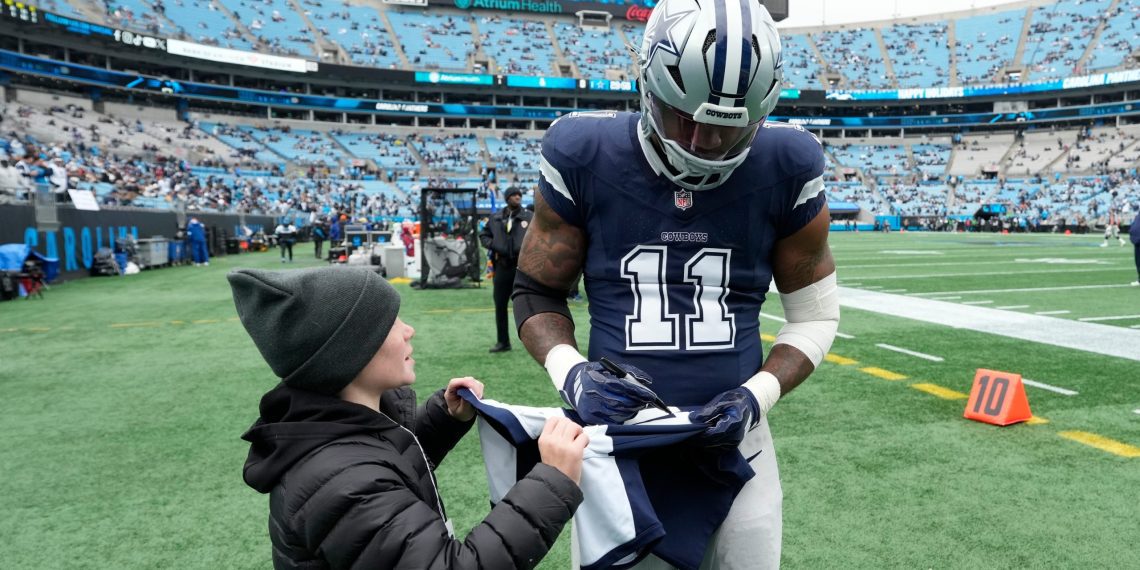Financial Concerns and On-Field Impact
The Dallas Cowboys face a daunting challenge as they balance a potential record-setting financial commitment against the necessity to deliver on the field. The prospect of signing a high-caliber linebacker for an annual salary exceeding $135 million raises fundamental questions about how a team can maintain competitive excellence while managing its salary structure. With multiple key players already commanding top-market salaries, achieving a deep playoff run becomes an increasingly complex proposition.
Innovative Trade Proposal and Deal Structure
In light of these challenges, one intriguing strategy involves a bold trade maneuver. The proposal envisions sending a premier linebacker to the Atlanta Falcons while the Cowboys secure valuable draft capital—specifically, a high first-round pick in the mid-teens and an additional second-round selection from Cleveland. In this scenario, Cleveland would benefit by acquiring complementary draft picks and future assets from both Dallas and Atlanta. This intricate exchange is designed not only to ease the financial burden on the Cowboys but also to facilitate a broader reshaping of their roster for sustained success.
Strategic Roster Overhaul and Future Prospects
Beyond merely alleviating salary cap pressure, the proposed trade is a signal of a proactive rebuilding strategy. By turning over significant financial commitments, the Cowboys could allocate resources toward developing emerging talent and reinvigorating their defensive core. One forward-thinking element involves the potential acquisition of a promising edge rusher from Penn State—a player whose evolving skill set might one day mirror the game-changing impact of the traded linebacker. This move underscores a commitment to long-term vision and recalibrating the team’s approach to retain a competitive edge.
Navigating the Evolving NFL Landscape
This strategic pivot reflects a broader understanding of the modern NFL, where balancing superstar talent with a healthy roster structure is essential. The proposed trade highlights an evolving ideology among elite franchises: investing in future potential rather than relying solely on high-priced veterans. As teams continue to reassess their financial strategies and on-field priorities, such forward-looking rewrites of team composition could redefine competitive balance and set precedents that resonate throughout the league.









